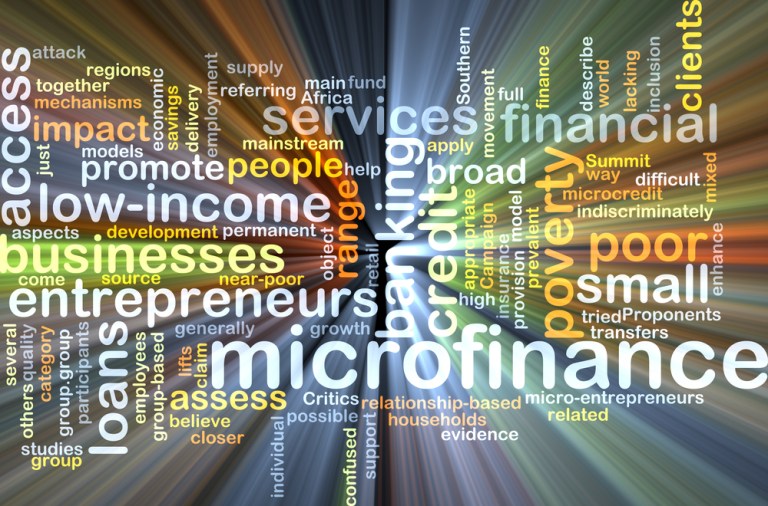
In a move away from its traditional online lending model focused on small loans, Kiva is transitioning its energies instead to “social underwriting.”
Under that approach, before would-be borrowers can be granted a $10,000 crowdfunded loan, which typically carries no interest, the company wants applicants to get 10 to 20 people, spanning friends and family members, to put up loans of between $10 and $25 each. The Wall Street Journal reported Thursday (Dec. 17) that this new system has been implemented because Kiva found that it had better repayment rates. And better repayment rates are sorely needed in the United States, where growth, WSJ noted, has been lacking.
[bctt tweet=”Better repayment rates are sorely needed in the United States.”]
Relatively speaking, in the U.S, the firm has helped grant 3,700 loans for roughly $19.7 million, which pales in comparison to the total generated worldwide in the past decade of about $800 million since the company was launched. In the U.S., Kiva’s traditional approach has been to join with microlenders, and the partners themselves offer up the loans.
The subsequent funds raised by Kiva and others also repaid those partners. Yet, the model, said WSJ, has not caught on in the face of strong competition from nonprofits, who opted instead to obtain financing the traditional way — through banks. The U.S. loan program will terminate in 2016, the company said.
The relatively new friends and family program was in testing beginning four years ago, with repayment rates topping 92 percent. The company has said that about 30 percent of business owners who try to get critical mass from the friends and family route do not, in fact, get the mandated number of people and dollars they need to progress to the next stage of the game — the $10,000 loan at zero percent interest. But those who move past that initial challenge — about 92 percent of them — raise the money they wanted to in the first place, according to the company.